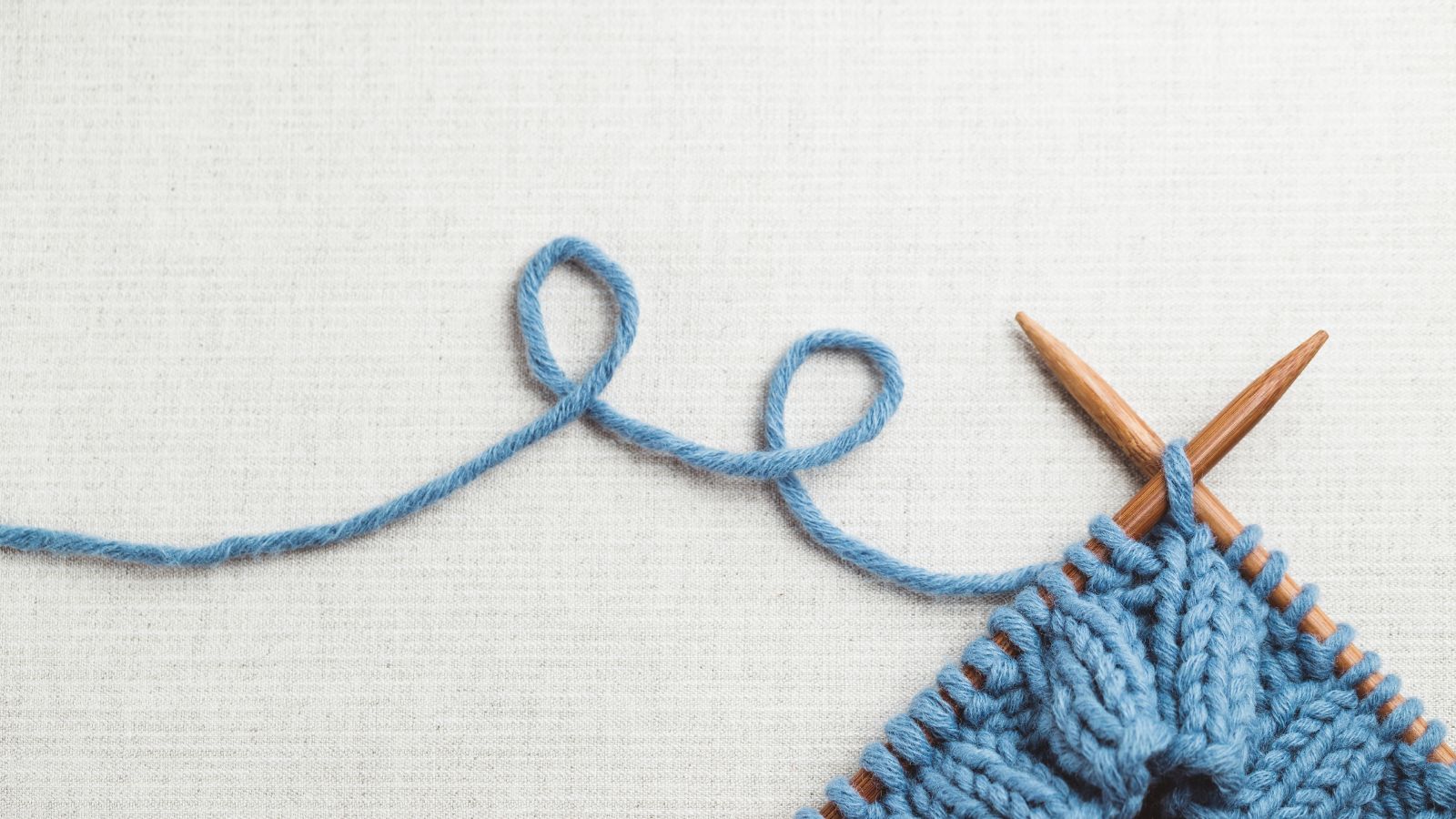Knitting is a wonderfully rewarding craft, but following patterns can sometimes feel like deciphering an ancient code. Whether you’re a beginner or an experienced knitter, a few clever hacks can make your projects smoother, more enjoyable, and, most importantly, flawless. Let’s share simple but effective knitting pattern tricks to help you avoid frustration and create beautiful, professional-looking pieces.
1. Understand the Pattern Before You Start
One of the biggest mistakes knitters make is diving straight into a project without fully reading the pattern. Skipping this step can lead to surprises, missed details, and a lot of unnecessary frustration.
Before you pick up your needles, take a few minutes to read through the entire pattern. Highlight any sections that seem complex or introduce new stitches. If the pattern includes charts, familiarise yourself with the symbols and ensure you understand the stitch sequences.
It’s also a good idea to check if the designer has issued any errata (corrections). Many patterns, especially free ones, have small mistakes that can affect your project. A quick online search can save you from confusion later on.
2. Choose the Right Yarn and Needles
Not all yarn is created equal, and substituting yarn in a pattern isn’t as simple as picking the same weight. Factors like fibre content, stretch, and drape all affect how your finished project will look and feel.
If you’re swapping yarn, always compare the stitch gauge (how many stitches fit into 10cm) and not just the weight category. A worsted-weight wool might behave very differently from a worsted-weight cotton. If in doubt, do a test swatch (more on that next).
Needle choice is just as important. The same yarn can knit up differently depending on whether you use wooden, metal, or plastic needles. Metal needles tend to be more slippery and are great for speed, while wooden needles provide better grip, making them ideal for intricate lacework or slippery yarns. Check out these all-in-one kits for easy knitting.

3. Always Knit a Gauge Swatch
Skipping the gauge swatch is a risky move, especially for fitted garments. A pattern might say “22 stitches and 30 rows per 10cm”, but your personal knitting tension could be tighter or looser than the designer’s.
To check your gauge, knit a swatch slightly larger than 10cm and measure it after blocking. If your stitches are too tight, try using a larger needle; if they’re too loose, go down a size. Taking the time to do this step can mean the difference between a perfectly fitting jumper and one that’s too big or too small.
4. Fix Mistakes Without Unravelling Everything
Mistakes happen to every knitter, but learning how to fix them without frogging (undoing) the entire piece is a game-changer.
- Dropped a stitch? Use a crochet hook to pick it back up.
- Messed up a stitch pattern? Tink (unknit) stitch by stitch instead of pulling everything apart.
- Noticed a mistake a few rows back? If it’s minor, you might be able to duplicate stitch over it instead of undoing everything.
One of the best ways to prevent major disasters is to use lifelines—a thin scrap piece of yarn threaded through a row of stitches. If you make a mistake, you can simply rip back to that row and start again without losing all your progress.
Getting Annoyed with Knitting? Here are Some Tips to Keep it Fun
Do you find yourself getting annoyed when you’re knitting? This can lead you to give up on your project. Most people start with a lot of energy and feeling motivated to make something new. But, you can run into bumps in the road and this can lead to frustration. Know that most of the time, this can be avoided. Here are some tips to make sure that knitting stays your favourite hobby.
Choose an Easy Pattern
One of the reasons why you might be frustrated with your knitting project is because it’s too hard. Most people want a challenge, or they love the finished design. So, they think that they can learn along the way. However, this often leads to frustration if you can’t master the right techniques. Then, you end up giving up on the project altogether. Therefore, understand your capabilities and experience. Choose an easy pattern to begin with so you can finish it successfully. Then, you can work your way up and try more challenging options.

Take a Break
You don’t have to finish your knitting project in one sitting. Yes, you can be excited to see what it looks like at the end. But, rushing and working on it for hours at a time can lead to irritation. You get tired, which can lead to more mistakes. You’re better off taking breaks, whether this is a few hours away from the needles. Alternatively, you can leave it for a few days before going back to it. You’ll be more refreshed and motivated.
Accept Your Mistakes
Know that not every knitting project is going to be perfect. This is one of the joys of something handmade. There are likely to be small imperfections that make it special. So, don’t see a mistake as a bad thing. Accept that it’s happened, and if you can’t fix it, don’t get annoyed with yourself. Most people won’t notice the mistake anyway.
Conclusion
Knitting should be an enjoyable, stress-free experience, and these simple pattern hacks will help you avoid common pitfalls and create beautiful, well-finished pieces. By understanding your pattern, choosing the right materials, and applying a few smart tricks, you’ll not only improve your knitting skills but also gain more confidence in tackling new projects.
